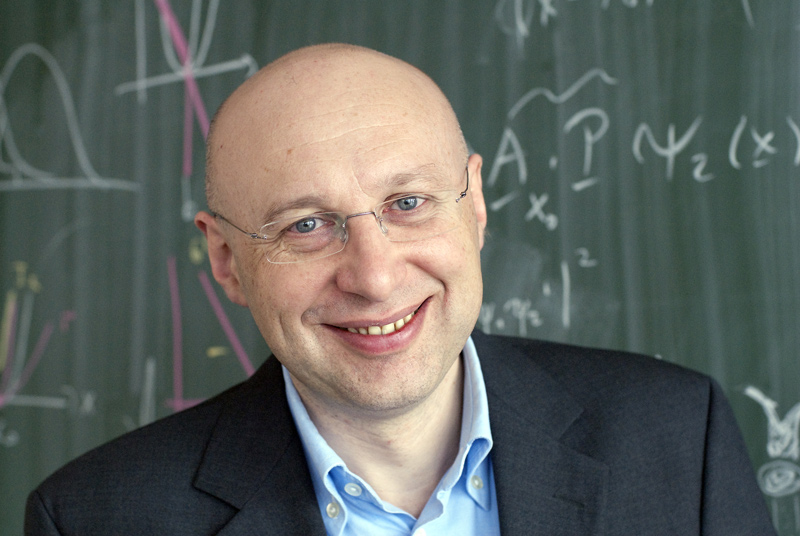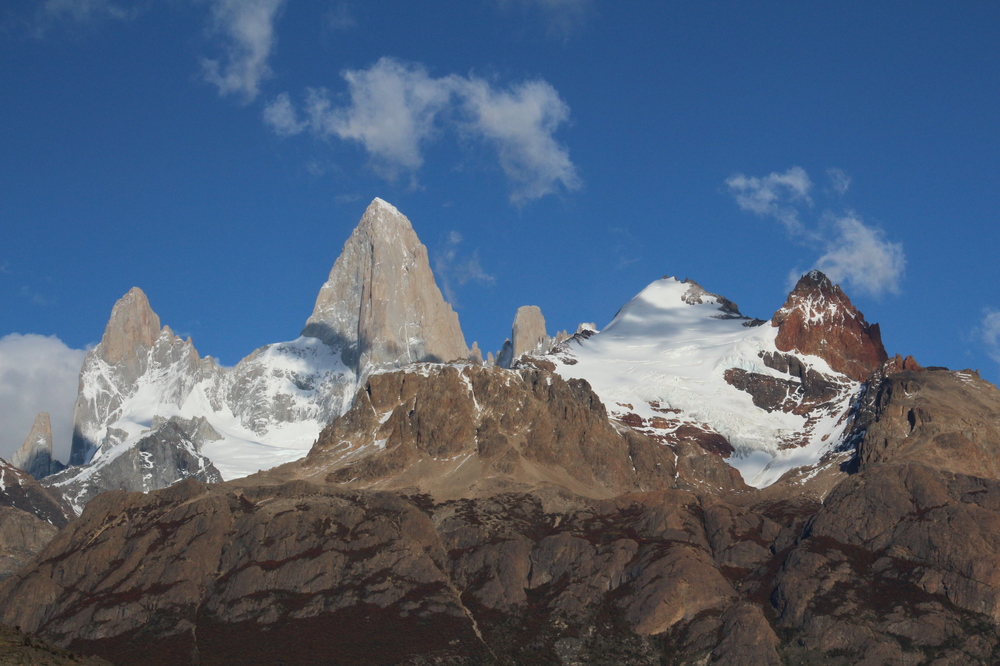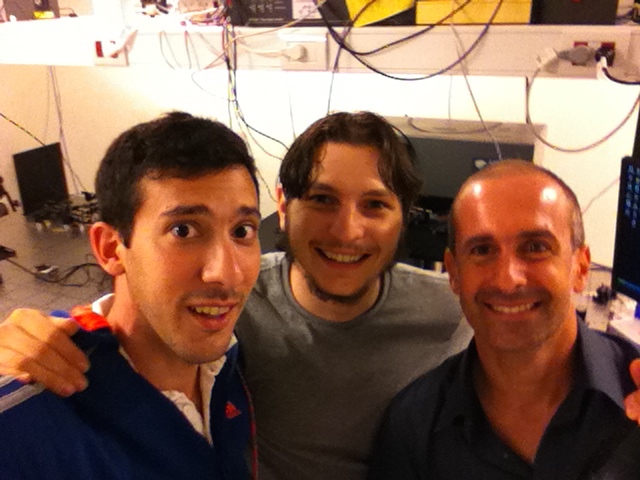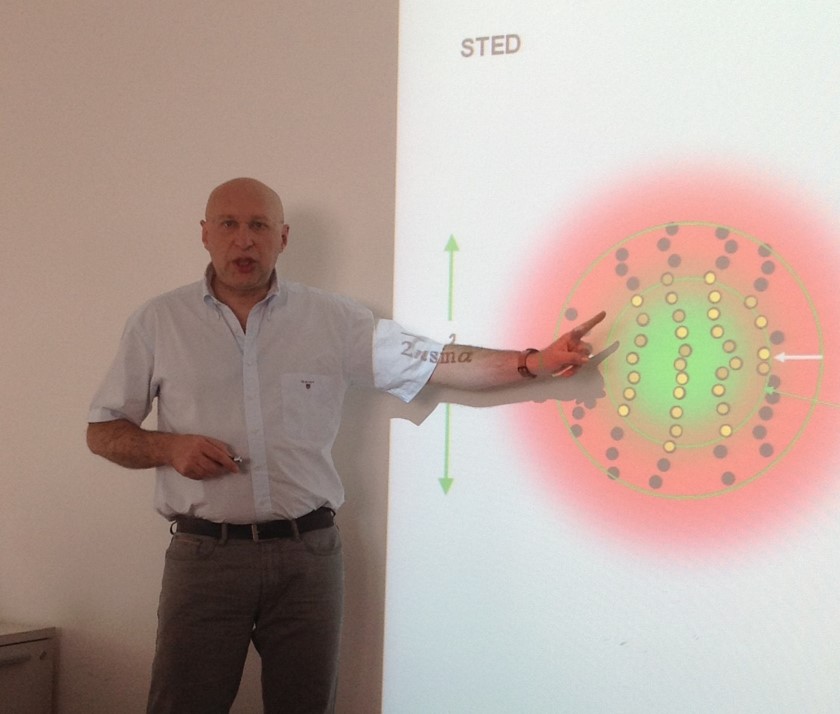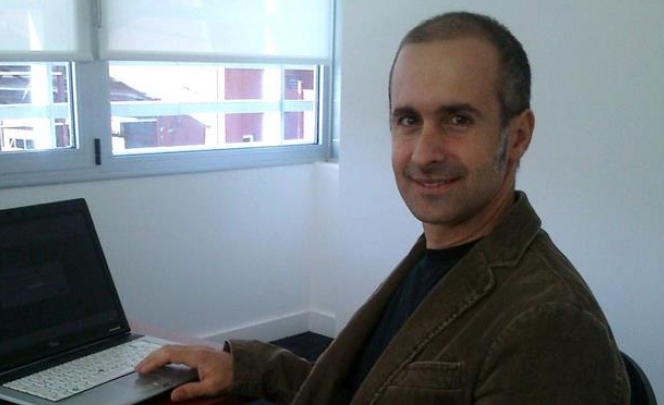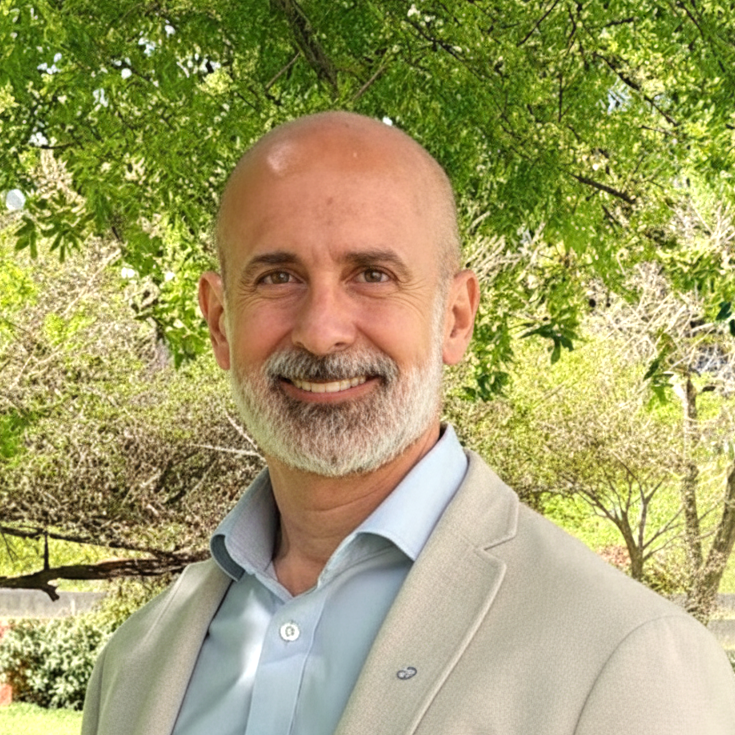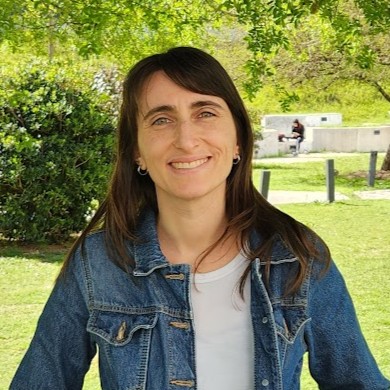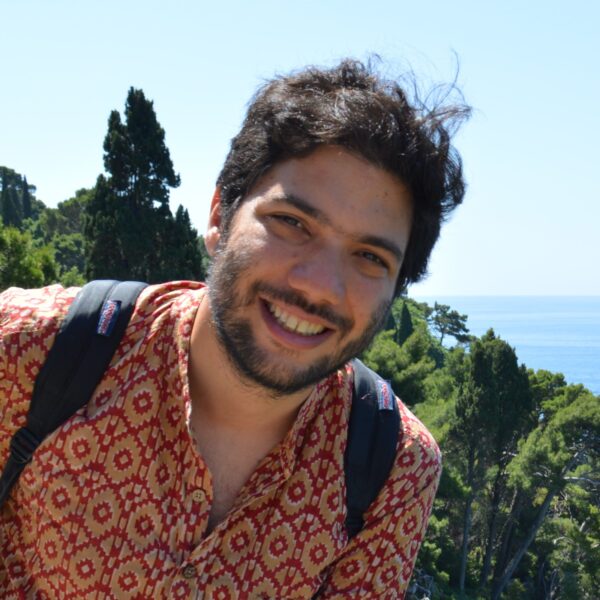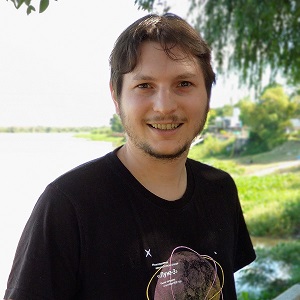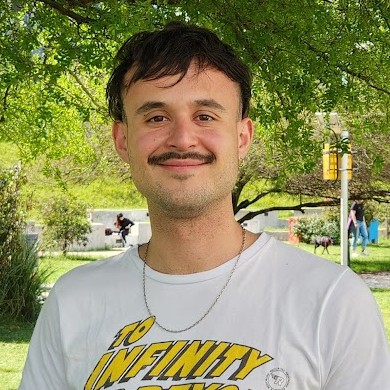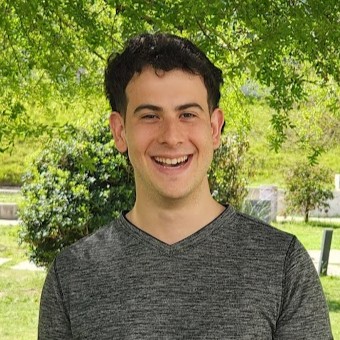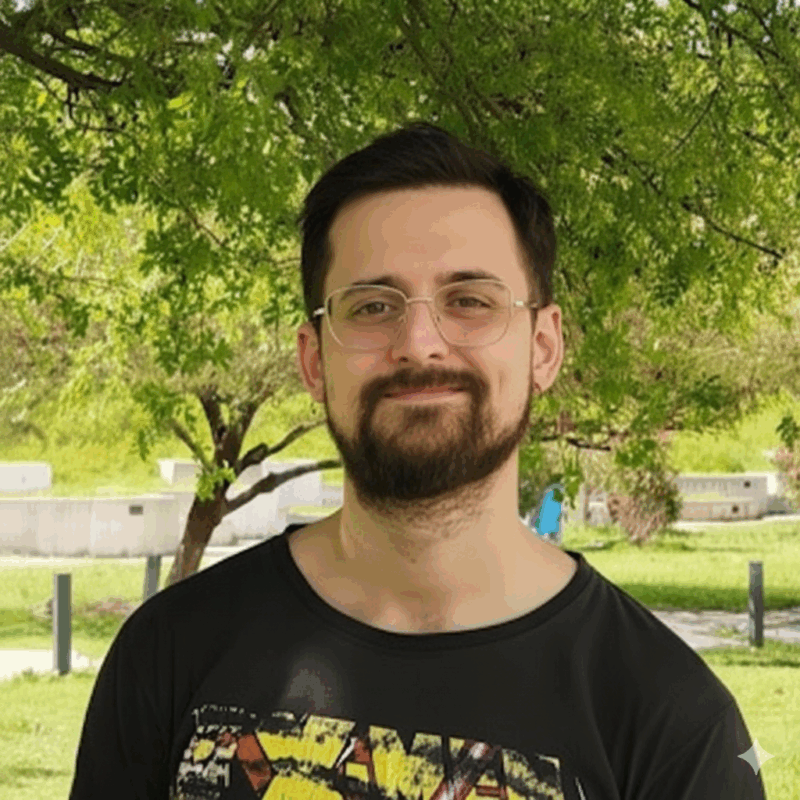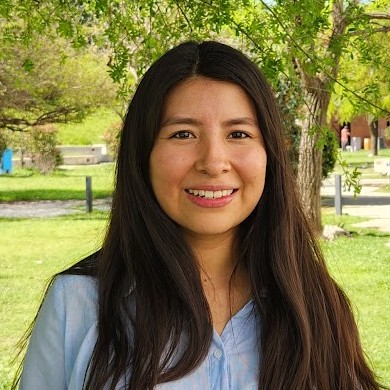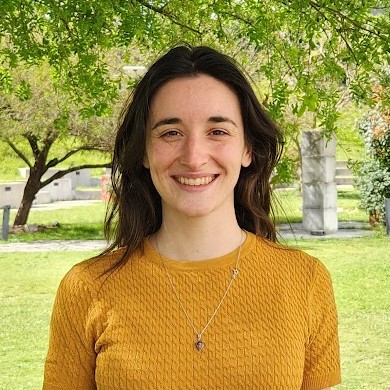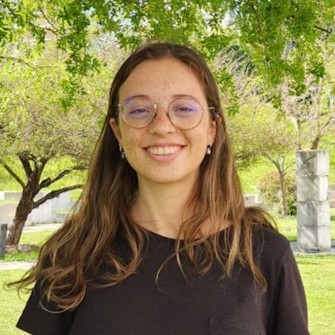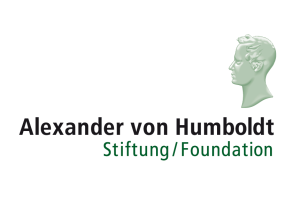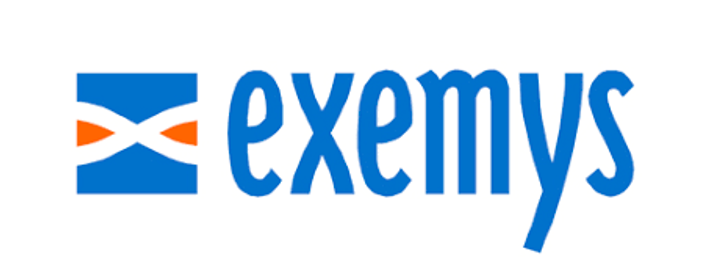Center for Bionanoscience Research (CIBION), National Scientific and Technical Research Council (CONICET)
Physics Department, Faculty of Exact and Natural Sciences, University of Buenos Aires (UBA)
Using optical methods, we explore the properties and technological applications of nanoparticles, single molecules, nanostructured materials, supramolecular assemblies, biological and hybrid nanosystems.
The Applied nanoPhysics Group was launched in October 2009 at the Physics Department, Faculty of Exact and Natural Sciences, of the University of Buenos Aires (UBA)
In 2012 we moved our labs to the Center for Bionanoscience Research (CIBION) of the National Scientific and Technical Research Council (CONICET), while Prof. Stefani still holds his position at the Physics Department of the University of Buenos Aires.
CURRENT RESEARCH ACTIVITIES
Fluorescence nanoscopy.
Super-resolution fluorescence microscopy, also known as fluorescence nanoscopy, has revolutionized biological imaging because they provide deep sub-wavelenght spatial resolution while keeping the low-invasiveness of far-field optical interrogation. We apply and optimize well-established methods like STED and STORM, and develop new ones, such as MINFLUX, and open-source software for fluorescence nanoscopy. With them, we address questions of cellular and neuronal biology.
Optical printing colloidal nanoparticles.
Colloidal chemistry enables the fabrication of nanoparticles of different shapes, sizes and material compositions, that exhibit unique physical and chemical properties, inexistent in bulk materials. In order to make use of those properties in devices and circuits, it is necessary to develope methods to bring the colloidal nanoparticles from the liquid phase to specific locations of solid substrates. We address this challenge using optical forces.
Self-assembled Nanophotonic Devices.
Semiconductor-based devices are approaching intrinsic limits of speed and heat dissipation.
Optical devices are faster and practically loss-less, but their size miniaturization is limited by the wavelength of light. Nanophotonics and Plasmonics deals with the manipulation of light at the nanoscale. We investigate light-matter interaction between single-photon emitters and metallic nanoparticles organized in nanodevices by self-assembly.
LATESTS NEWS
Congratulations Prof. Hell for the Nobel Prize in Chemistry!
Prof. Dr. Stefan W. Hell has been awarded the Nobel Prize in Chemistry 2014, together with Prof. William E. Moerner and Dr. Eric Betzig. This prize is a well-deserved recognition for Prof. Hell´s career devoted since the early 1990s to find ways of imaging objects optically, with spatial resolution beyond [...]
DINAMO: Discussion on Nano and Mesoscopic Optics
Nano and Mesoscopic Optics involves the interaction of light with structures that are too small or too complex to be described by traditional continuum methods, as well as the structuring and manipulation of optical fields and interactions at sub-wavelength scale. This is a highly active and interdisciplinary area of research [...]
Setting up the new optics lab @CIBION
We are moving our labs from the Faculty of Exact and Natural Sciences of the University of Buenos Aires to CIBION. We have just received the first instruments and are very happy that we can start setting up the new lab. Here a sequence of the first steps setting up [...]
Workshop on the Advances of Super-resolution Optical
From 18th to 22nd of November, 2013, we held at CIBION The Workshop on the Advances of Super-resolution Optical Microscopy. Methodologies of super-resolution optical microscopy, also known as far-field optical nanoscopy, constitute the future of fluorescence microscopy and bioimaging. This Workshop gathered over 50 graduate students, postdocs and researchers, from [...]
Entrevista al Prof. Stefani: Microscopía de súper-resolución en Argentina
Entrevista al Prof. Dr. Fernando Stefani sobre la aplicación de microscopía de super-resolución en Argentina https://www.mincyt.gob.ar/destacado/una-mirada-diferente-9060
COLLABORATORS
STEFAN HELL
Max-Planck-Institute for Biophysical Chemistry (Göttingen, Germany)
THOMAS JOVIN
Max-Planck-Institute for Biophysical Chemistry (Göttingen, Germany)
ALFREDO CÁCERES
Instituto Universitario de Ciencias Biomédidas de Córdoba (Córdoba, Argentina)
PHILIP TINNEFELD
Ludwig-Maximilians-University Munich (Germany)
GUILLERMO ACUNA
University of Fribourg (Switzerland)
ANDRÉS ZELCER
Centro de Investigaciones en Bionanociencias (Buenos Aires, Argentina)
ANDREA BRAGAS
University of Buenos Aires (Argentina)
DARÍO KRAPF
Instituto de Biología Molecular y Celular de Rosario (IBR – Santa Fe, Argentina)
SABRINA SIMONCELLI
University College London (UK)
DAMIAN REFOJO
Biomedicine Research Institute of Buenos Aires (Argentina)
RODRIGO PALACIOS
Universidad Nacional de Río Cuarto (Córdoba, Argentina)
OSCAR CAMPETELLA
Universidad Nacional de General San Martín (Buenos Aires, Argentina)

